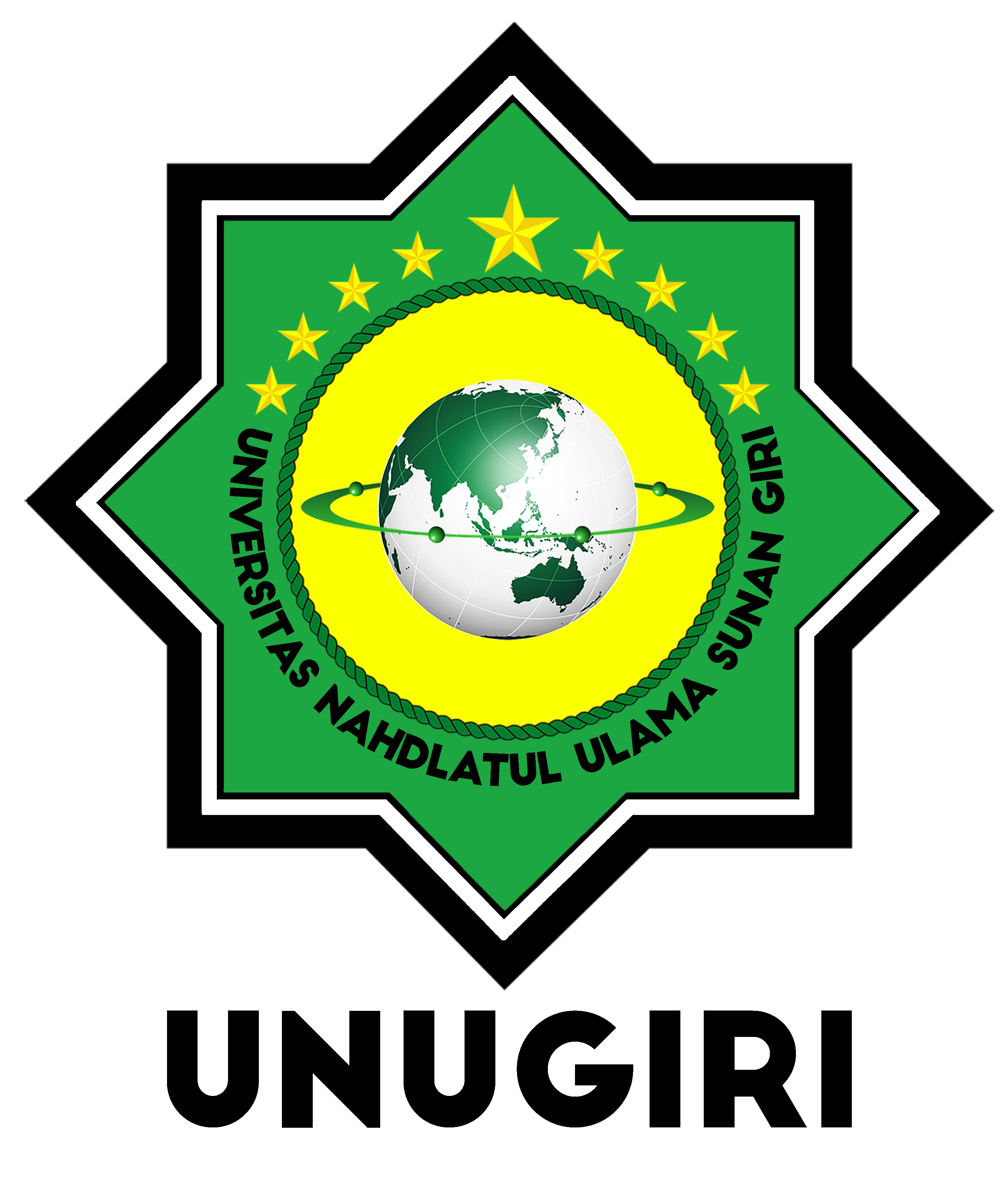Keefektifan Metode Problem Based Learning Terhadap Capaian Belajar Mata Kuliah Stokastik
 PDF Download: 296
PDF Download: 296
DOI:
https://doi.org/10.32665/james.v6i1.1338Keywords:
MANOVA, stochastics course, minat belajar, prestasi belajar, Problem Based Learning, mata kuliah Proses StokastikAbstract
Proses Stokastik merupakan mata kuliah yang fundamental di Program Studi Statistika Universitas Airlangga. Penelitian ini memberikan gambaran hasil implementasi metode pembelajaran Proses Stokastik di Universitas Airlangga. Metode pembelajaran tersebut menggunakan dua metode yakni metode ekspositori berupa pembelajaran teori dan metode Problem Based Learning atau PBL berupa pembelajaran menggunakan pemahaman terhadap masalah yang ada. Penelitian ini menggunakan populasi mahasiswa Program Studi Statistika Universitas Airlangga semester lima tahun ajaran 2021/2022. Untuk teknik pengumpulan sampel menggunakan teknik purposive sampling yang terdiri dari satu kelas sebanyak 55 mahasiswa dengan perlakuan yang sama. Metode pengumpulan data dilakukan berdasarkan nilai tugas, UTS, PBL, dan UAS mata kuliah Proses Stokastik. Untuk nilai tugas dan UTS menggunakan metode ekspositori sedangkan untuk nilai PBL dan UAS menggunakan metode PBL. Selanjutnya, dianalisis menggunakan pengujian MANOVA untuk mengukur pengaruh variabel independen yang berskala kategorik terhadap beberapa variabel dependen sekaligus yang berskala data kuantitatif. Dari hasil analisis data yang dilakukan menggunakan pengujian MANOVA diperoleh hasil bahwa terdapat pengaruh metode pembelajaran yang digunakan terhadap capaian belajar mahasiswa mata kuliah Proses Stokastik.
References
F. Muhammad and Sulistyorini, “Meningkatkan Mutu Pembelajaran Sesuai Standar Nasional,” vol. 21, no. 1, pp. 1–9, 2020, [Online]. Available: http://journal.um-surabaya.ac.id/index.php/JKM/article/view/2203.
S. Soeprapto, “An Axiological foundation of the indonesian national education system in the perspective of philosophy of education,” Cakrawala Pendidik., no. 2, pp. 266–276, 2013.
K. McCaughan, “Barrows’ Integration of Cognitive and Clinical Psychology in PBL Tutor Guidelines,” Interdiscip. J. Probl. Learn., vol. 7, no. 1, 2013, doi: 10.7771/1541-5015.1318.
R. Ariana, “HUBUNGAN ANTARA MINAT BELAJAR, CITA-CITA SISWA, KOMPETENSI GURU, KOMUNITAS TEMAN SEBAYA DENGAN MOTIVASI BELAJAR SISWA SMA NEGERI DI KABUPATEN SLEMAN Iman,” no. 1, pp. 1–23, 2016.
R. A. Sholikhakh, H. Pujiarto, and S. Suwandono, “Keefektifan Model Pembelajaran Problem Based Learning terhadap Minat dan Prestasi Belajar Matematika,” J. Medives J. Math. Educ. IKIP Veteran Semarang, vol. 3, no. 1, p. 33, 2019, doi: 10.31331/medivesveteran.v3i1.561.
B. A. B. Ii and D. Teori, “Trianto, Model Pembelajaran Terpadu , PT. Bumi Aksara, Jakarta, 2011, hlm.51. Ibid , hlm. 55 11,” pp. 11–35, 2011.
K. A. P. and J. P. Stevens, APPLIED MULTIVARIATE STATISTICS FOR THE SOCIAL SCIENCES Analyses with SAS and IBM‘s SPSS Sixth, vol. 44, no. 8. 2011.
S. Sutrisno and D. Wulandari, “Multivariate Analysis of Variance (MANOVA) untuk Memperkaya Hasil Penelitian Pendidikan,” AKSIOMA J. Mat. dan Pendidik. Mat., vol. 9, no. 1, p. 37, 2018, doi: 10.26877/aks.v9i1.2472.
Y. Sari, S. Sutrisno, and S. Sugiyanti, “Experimentation of Problem Based Learning (PBL) Model on Student Learning Motivation and Achievement on Circle Material,” Form. J. Ilm. Pendidik. MIPA, vol. 9, no. 4, pp. 315–324, 2020, doi: 10.30998/formatif.v9i4.3650.
M. Olyvia, Gimin, and Hendripides, “Pengaruh Fasilitas Belajar, Minat Belajar Terhadap Hasil Belajar Mata Pelajaran Ekonomi Siswa Kelas XI IPS di SMA Negeri 12 Pekanbaru,” Journal, pp. 1–13, 2015.
J. J. Gross, “Conceptual and Empirical Foundations,” Hanb. Regul. Emot. Second Ed., pp. 3–20, 2014.
Downloads
Published
Issue
Section
Categories
License
Copyright (c) 2022 Journal of Mathematics Education and Science

This work is licensed under a Creative Commons Attribution-NonCommercial-ShareAlike 4.0 International License.
Authors who publish with this journal agree to the following terms:
- Authors retain copyright and grant the journal right of first publication with the work simultaneously licensed under a Creative Commons Attribution License that allows others to share the work with an acknowledgment of the work's authorship and initial publication in this journal.
- Authors are able to enter into separate, additional contractual arrangements for the non-exclusive distribution of the journal's published version of the work (e.g., post it to an institutional repository or publish it in a book), with an acknowledgment of its initial publication in this journal.
- Authors are permitted and encouraged to post their work online (e.g., in institutional repositories or on their website) before and during the submission process, as it can lead to productive exchanges, as well as earlier and greater citation of published work
 PDF Download: 296
PDF Download: 296















